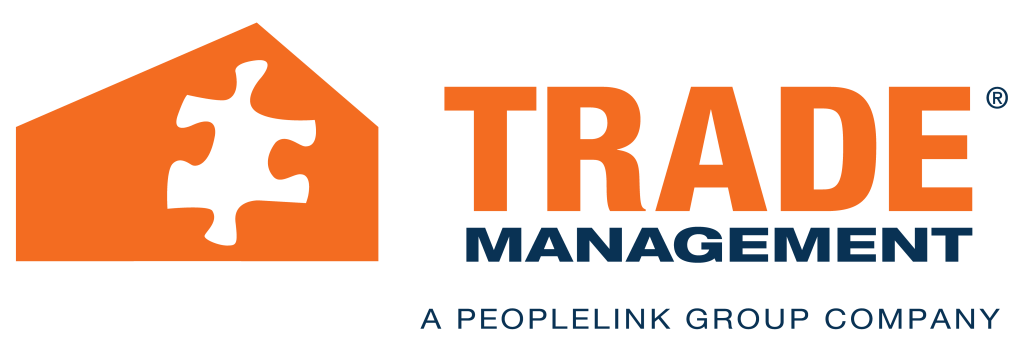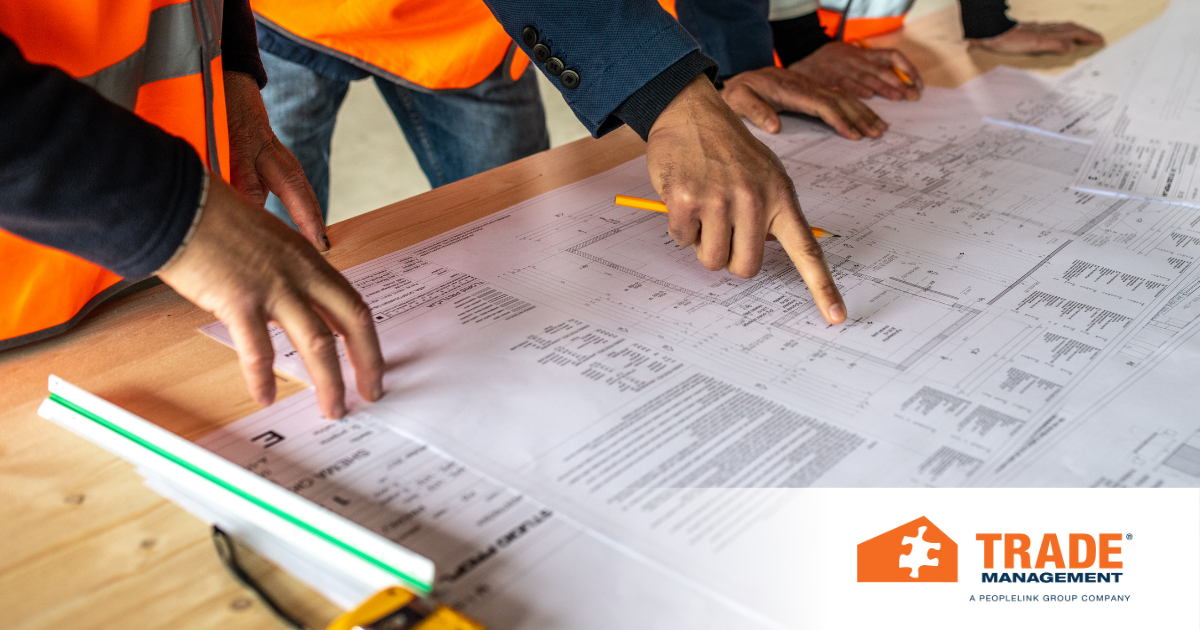Hiring can be a heavy lift — for employers and job seekers alike. From piles of paperwork to weeks spent searching for the right fit, the hiring process can drain your team’s time and energy. Conversely, job seekers — especially in the skilled trades — may face barriers like limited access to resources, lack of connections, or uncertain job stability. Fortunately, there is one proven solution that benefits both sides of the equation: staffing agencies. Whether you are an employer trying to fill roles quickly or a trades person looking for your next fantastic opportunity, a staffing agency can be your most valuable partner. Here’s how:
For Employers: The Advantages of Partnering with a Staffing Agency
1. Access to a Wider Pool of Talent
According to recent reporting, 77% of U.S. employers struggle to fill roles — especially in skilled trades. Staffing agencies offer access to prescreened candidates across multiple trades, from welders to electricians, helping you connect with talent that is not always visible through online job boards.
2. Reduced Time to Hire
It takes an average of 35 days to fill a role in the U.S. In fast-moving industries like construction or manufacturing, time is money. Staffing firms drastically reduce this time by handling sourcing, screening, and initial interviews, so your team can focus on productivity — not paperwork.
3. Pre-Screening and Skill Matching
Recruiters vet candidates for job-specific skills, safety certifications (like OSHA 10/30), and relevant experience. That means only the most qualified individuals make it to your team.
4. Industry Insight and Salary Benchmarking
Staffing agencies understand the going rates in your industry and help you build competitive offers — making it easier to land and keep top-tier talent.
5. Negotiation & Compliance Support
They also assist with contracts, wage negotiation, and labor law compliance — especially valuable for short-term or high-risk skilled work.
6. Flexible Hiring for Changing Workloads
Seasonal spikes or employee absences? Staffing agencies can supply temporary, contract, or temp-to-hire workers quickly, helping your business stay on track without long-term commitments.
For Job Seekers: How Staffing Agencies Support Career Growth
1. Access to Hidden Opportunities
Companies do not post an estimated 80% of available jobs online. Many employers fill roles exclusively through agencies, giving job seekers access to more — and often better — opportunities.
2. Resume Help and Interview Coaching
Recruiters help you highlight your skills, certifications, and experience effectively. Many even offer interview prep tailored to trade positions.
3. Industry Connections That Open Doors
Staffing agencies work with a wide network of contractors and employers. Therefore, you do not have to job-hunt alone — someone is already advocating for your next role.
4. Career Development Support
Some agencies offer access to training, safety certifications, and career planning advice — helping workers level up their skills and income over time.
A Win-Win Solution
Whether you are an employer or a job seeker, a skilled trades staffing agency offers a smart, strategic way to meet your hiring or career goals. From streamlining your search to connecting with qualified tradespeople, the right agency can be your competitive edge. Partner with Trade Management today and turn your hiring or job search into a long-term success story.










